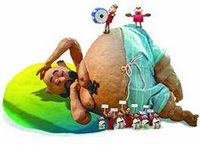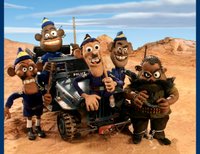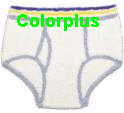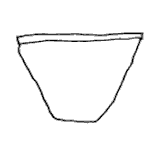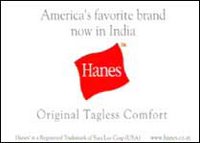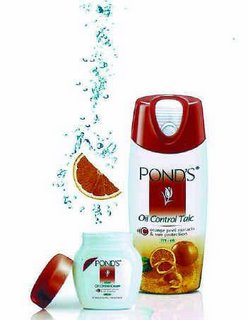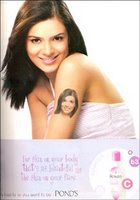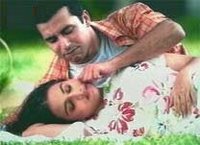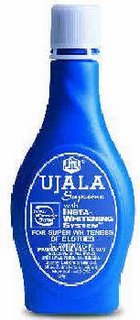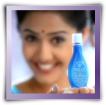
Brand : Parachute
Company: Marico
Agency:Ambience Publicis
This is a success story of branding of a commodity. Hair oils and its use are deeply ingrained in to the Indian Psyche. This is a 1500 crore industry which is dominated by unbranded oils. The branded category accounts to around 600 crore. The majority of the hair oil segment is occupied by Coconut oil.
This is a market that have very low entry barrier and that is the reason why the market is dominated by unbranded oils. Marico in early 1990's made a bold step in launching a brand in this segment. Paracute manufactured by Bombay Oil Mills was acquired by Marico in 1990's. Marico was a sister concern of Bombay Oil Mills.
Parachute is the market leader in the branded hair oil market with a market share of around 53%. Marico has positioned Parachute in the platform of purity. This focus on purity clearly differentiat
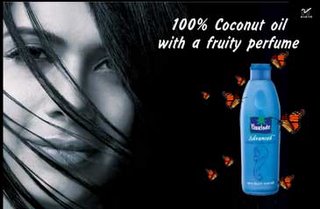 ed the product from the rest of the unbranded oils .The purity was reinforced by careful packaging and communication. The brand was established emphasising Caring and Mother - Daughter relationship.Parachute knew the pulse of the urban market and emphasised that the oil is non greasy and prompted the TG to experience the brand
ed the product from the rest of the unbranded oils .The purity was reinforced by careful packaging and communication. The brand was established emphasising Caring and Mother - Daughter relationship.Parachute knew the pulse of the urban market and emphasised that the oil is non greasy and prompted the TG to experience the brandDuring the early 2000's the market witnessed a shift. Marico found that the market for hair oil is degrowing, because the consumer preferences are changing. The youth now didnt want to have Oil - on- their hair look. This prompted Marico to look into the Value Added hair Oil market which was dominated by Dabur Vatika. Parchute's mother brand was also facing competition from Nihar of HLL stable.
Marico decided to depend less on the basic Parchute oil and we saw a series of new product launches. Marico
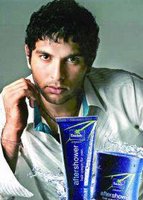 launched Parachute with jasmine fragrance which was well received by the market. Also came Parachute Advansed and Parachute Sampoorna. Parachute Advansed account is with McCann while others are handled by Ambience.
launched Parachute with jasmine fragrance which was well received by the market. Also came Parachute Advansed and Parachute Sampoorna. Parachute Advansed account is with McCann while others are handled by Ambience.2005 saw a Bold ( or foolish) step from Marico . We saw the launch of Parachute Aftershower hair cream. This is the first non oil product from Parachute . Marico roped in Yuvraj as the brand ambassador . The product is positioned as a Non sticky and with Zingy perfume. The product is launched with the base line " style on every day".
People in Marico and Ambience are better marketing minds than me. But I have doubts about this brand extention. Parachute has been a category leader & almost generic to coconut hair oil. Extending this brand to men's toiletories seem totally out of box or should I say out of mind?
As one of my readers pointed out " there are many financial pressures that outsiders cannot understand" . I do agree to that also.
But when a brand known for its coconut oil, targeted at women and positioned along the mother - daughter relationship, extends it to a men's category, will it survive?
Will men accept a feminine brand? If Marico advertises Parachute for men, will women accept that brand?
Then what is parachute? a coconut oil, after shower for men ? hair oil?
The price is attractive , so men may buy it.
I am confused.......... Am I a target consumer?

